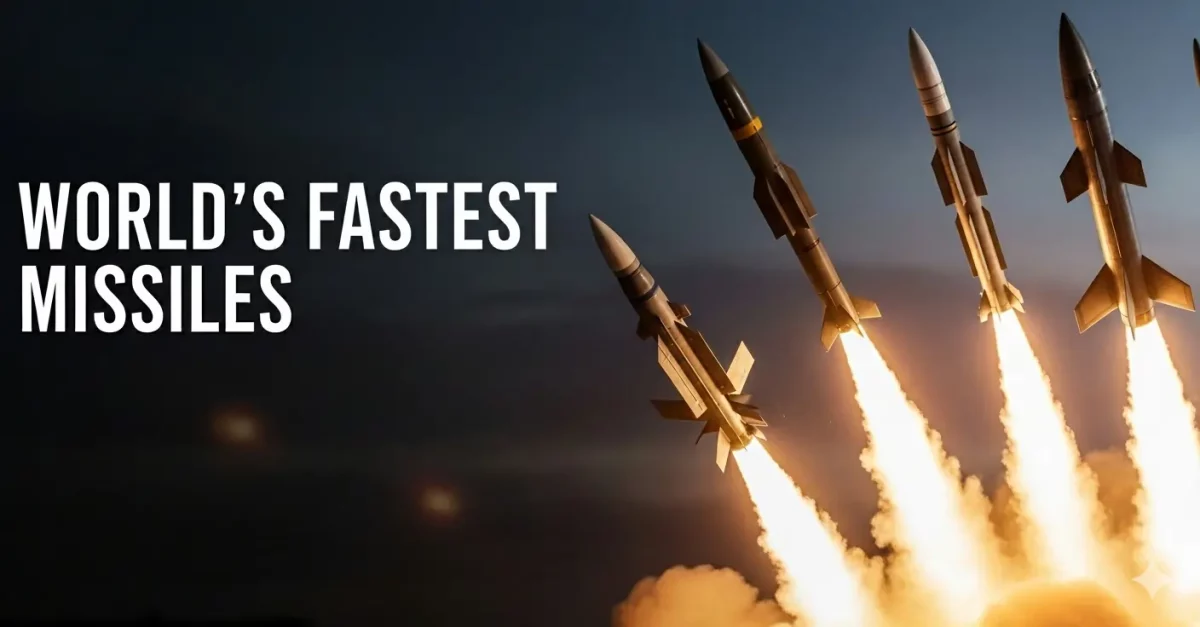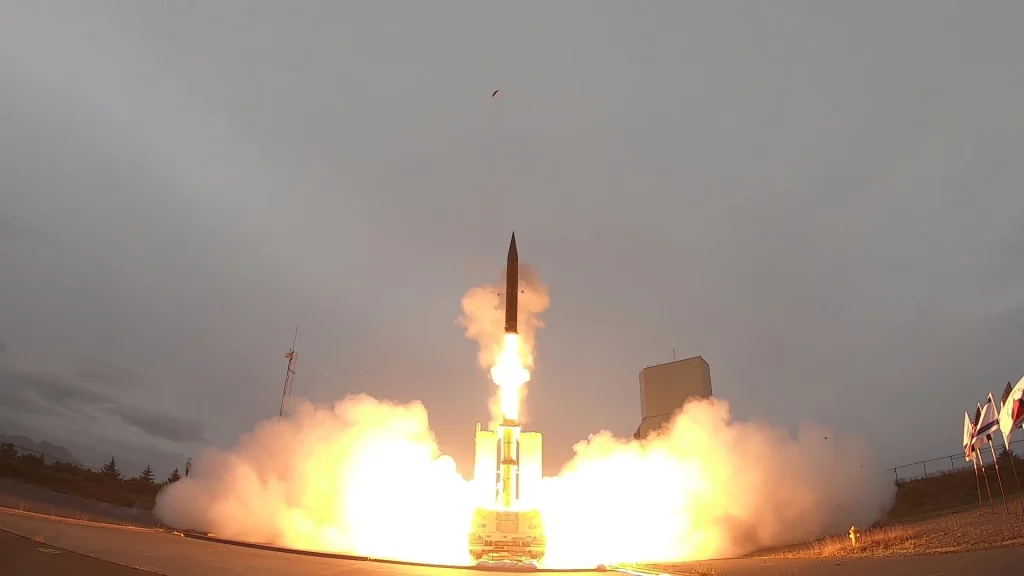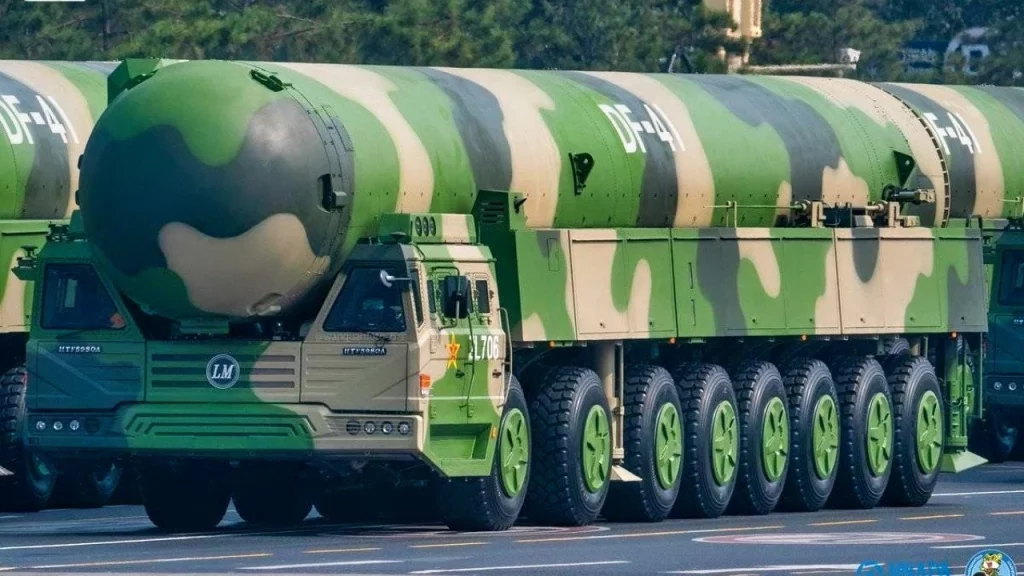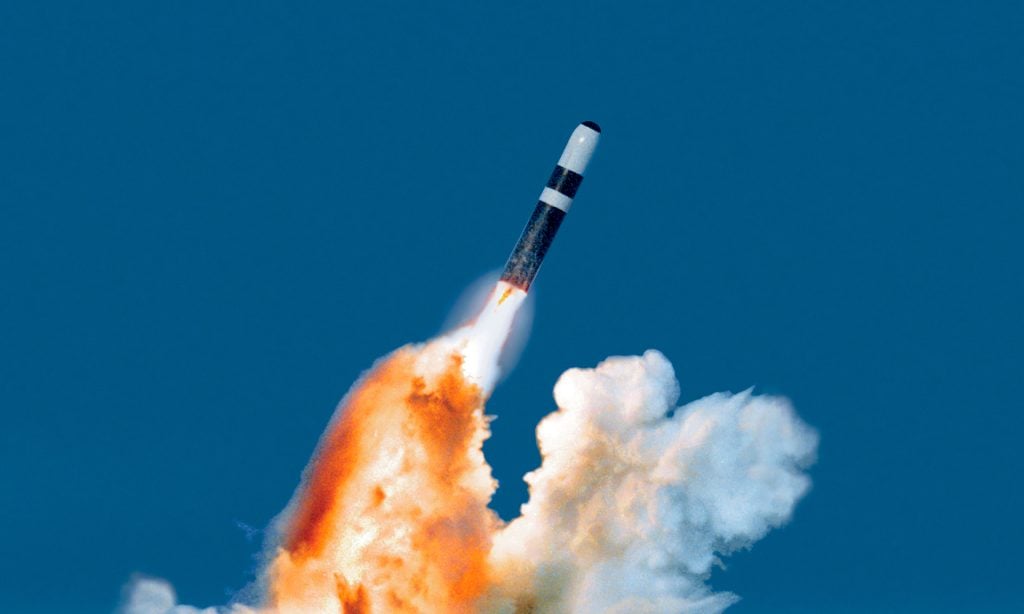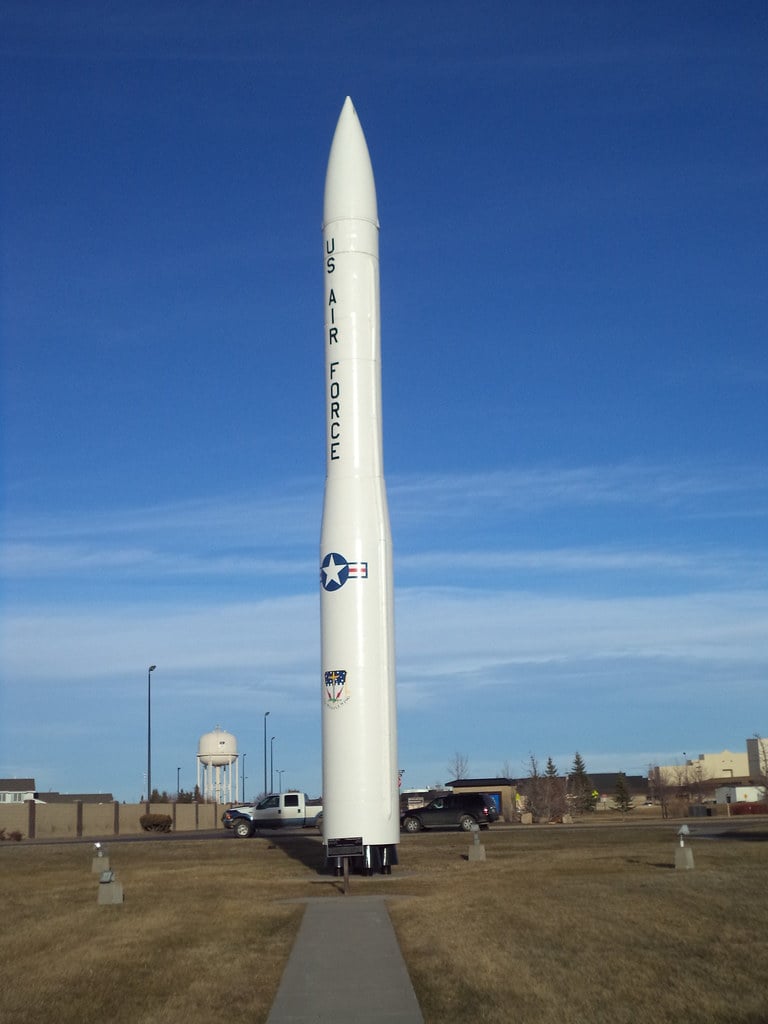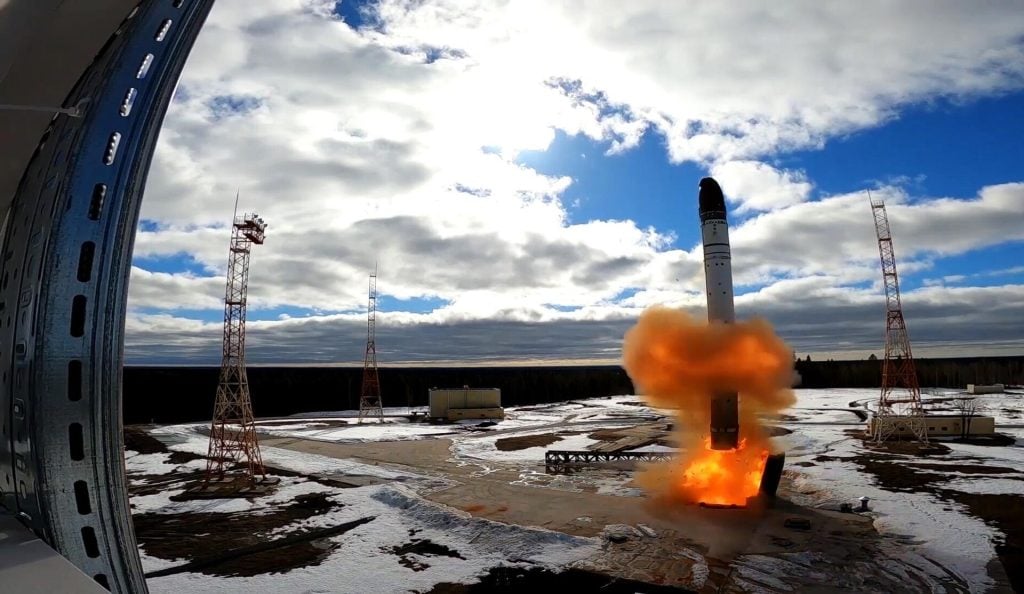In the 21st century, missile technology has become the centerpiece of global power competition, shaping both military doctrines and geopolitical strategies. Nations are investing heavily in next-generation weapons that combine speed, precision, and survivability to gain a decisive edge on the battlefield. Among these innovations, hypersonic missiles stand out as revolutionary game-changers, capable of traveling at breathtaking velocities while evading even the most sophisticated defense systems. Their emergence has not only redefined deterrence but also accelerated a new arms race among superpowers, where the ability to strike faster than the enemy can respond often determines strategic superiority.
In the rapidly advancing field of military technology, speed is a critical factor that enhances a missile’s ability to evade defenses, reduce reaction time for adversaries, and ensure successful target penetration. As of 2025, several nations have developed missiles that achieve hypersonic speeds exceeding Mach 5 (approximately 6,174 km/h)—redefining the landscape of modern warfare. This article provides a comprehensive overview of the top five fastest missiles in the world, detailing their specifications, capabilities, and strategic significance, supported by a comparative table.
Missiles are categorized by speed into subsonic (below Mach 1), supersonic (Mach 1 to Mach 5), and hypersonic (above Mach 5). Hypersonic missiles, in particular, are transformative due to their extreme velocity and, in some cases, maneuverability, which make them challenging to intercept.
These weapons are primarily used for strategic deterrence, often carrying nuclear or conventional warheads, and play a pivotal role in the military strategies of nations like Russia, China, and the United States. The following sections explore the top five fastest missiles in 2025, ranked by their maximum speed, based on reliable defense sources.
Why Speed Matters for Missiles?
Speed is a critical factor for missiles due to several key reasons. Firstly, high speeds enhance a missile’s ability to evade enemy defenses, making interception extremely challenging. The faster a missile travels, the less time an adversary has to react, increasing the likelihood of successful target penetration.
Additionally, high speeds contribute to the missile’s range and responsiveness, allowing for rapid deployment and engagement.
The List of the 5 Fastest Missiles in the World
The following are the 5 fastest missiles in the world:
1. Avangard: Revolutionizing Hypersonic Technology
The Avangard missile, developed by Russia, has earned its reputation as a game-changer in hypersonic technology. With its incredible speed and agility, the Avangard is capable of reaching speeds up to Mach 27, or 32,200 kilometers per hour. What sets it apart is its ability to perform rapid maneuvers, making interception nearly impossible. The Avangard’s unparalleled precision and range make it a formidable force on the battlefield.
Key Features:
- Origin: Russia
- Class: Hypersonic Glide Vehicle (HGV)
- Range: >6000km
- Warhead: Nuclear 2MT option
- Status: In service
Also Read: 15 Best Aircraft Carriers in the World
2. DF-41: China’s Swift Strategic Deterrent
China’s Dongfeng-41 (DF-41) is a ballistic missile that has captured the attention of military analysts worldwide. With a reported top speed of Mach 25, or approximately 30,600 kilometers per hour, the DF-41 is among the fastest missiles in China’s arsenal. Its impressive range and ability to carry multiple warheads make it a formidable strategic deterrent.
Key Features:
- Origin: China
- Class: Intercontinental Ballistic Missile (ICBM)
- Length: 20-22m
- Payload: 2,500 kg
- Warhead: up to 10 nuclear warheads, MIRV
- Range: 12,000-15,000 km
- Status: In service
3. Trident 2: Unmatched Submarine-launched Precision
The Trident 2, an integral part of the United States’ naval defense, is a submarine-launched ballistic missile renowned for its exceptional speed and accuracy. Capable of reaching speeds exceeding Mach 24, or around 29,654 kilometers per hour, the Trident 2 serves as a key component of the U.S. Navy’s sea-based nuclear deterrent.
Key Features:
- Origin: United States
- Class: Submarine Launched Ballistic Missile (SLBM)
- Length: 13.42
- Payload: 2,800 kg
- Warhead: Up to 8 MIRV Mk 4 or Mk 5 warheads
- Range: Minimum 2,000 km, Maximum 12,000 km
- Status: In service (1990-present)
Also Read: 11 Best Sniper Rifles in the World
4. Minuteman 3: America’s Intercontinental Ballistic Missile
The Minuteman 3, another stalwart of the United States’ ballistic missile arsenal, boasts impressive speed and range. With a maximum speed of approximately Mach 23, or 28,200 kilometers per hour, the Minuteman 3 serves as a crucial element of America’s intercontinental ballistic missile (ICBM) capabilities, providing rapid and precise response capabilities.
Key Features:
- Origin: United States
- Class: Intercontinental Ballistic Missile (ICBM)
- Length: 18.2m
- Payload: Up to 3 Mk 12A; 1 Mk 21 RV with penetration aids
- Warhead: W78 at 335 kT, W87 at 300 kT nuclear
- Range: 13,000 km
- Status: Operational
5. RS-28 Sarmat: Russia’s Heavyweight Hypersonic Missile
The RS-28 Sarmat, often referred to as “Satan 2,” is a heavyweight among hypersonic missiles developed by Russia. While its exact speed is classified, estimates suggest it surpasses Mach 20.4, or 25,500 kilometers per hour. Designed to carry a variety of warheads and penetrate any existing or prospective missile defense systems, the RS-28 Sarmat represents a formidable advancement in Russia’s military capabilities. With a maximum range of up to 18,000km, RS-28 Sarmat is the longest-range missile in the world.
Key Features:
- Origin: Russia
- Class: Intercontinental Ballistic Missile (ICBM)
- Length: 35.3m
- Payload: 10,000 kg
- Warhead: Nuclear, MIRV or glide vehicles
- Range: 10,000-18,000 km
- Status: Operational
Comparative Table
| Rank | Missile Name | Origin | Class | Speed (Mach) | Speed (km/h) | Range (km) | Warhead | Status |
|---|---|---|---|---|---|---|---|---|
| 1 | Avangard | Russia | Hypersonic Glide Vehicle (HGV) | 27 | 32,200 | >6,000 | Nuclear (up to 2MT) | In service |
| 2 | DF-41 | China | Intercontinental Ballistic Missile (ICBM) | 25 | 30,600 | 12,000–15,000 | Up to 10 nuclear warheads (MIRV) | In service |
| 3 | Trident 2 | United States | Submarine Launched Ballistic Missile (SLBM) | 25 | 30,600 | 2,000–12,000 | Up to 8 MIRV Mk 4 or Mk 5 warheads | In service |
| 4 | Minuteman 3 | United States | Intercontinental Ballistic Missile (ICBM) | 23 | 28,200 | 13,000 | W78 (335 kT) or W87 (300 kT) nuclear | Operational |
| 5 | RS-28 Sarmat | Russia | Intercontinental Ballistic Missile (ICBM) | 20.4 | 25,500 | 10,000–18,000 | Nuclear (MIRV or glide vehicles) | Operational |
Strategic and Technological Insights
Speed and Maneuverability
Hypersonic missiles like the Avangard and certain configurations of the RS-28 Sarmat are particularly challenging to intercept due to their high speeds and ability to change trajectory mid-flight. Traditional ballistic missiles, such as the DF-41, Trident 2, and Minuteman 3, follow a predictable arc, but their hypersonic speeds still reduce the window for defensive responses.
Strategic Deterrence
These missiles are primarily designed for nuclear deterrence, ensuring that nations can retaliate against attacks even if their primary forces are compromised. The Trident 2’s submarine-based deployment, for example, provides a hidden and survivable launch platform, while the DF-41’s MIRV capability allows for multiple simultaneous strikes, enhancing deterrence.
Technological Advancements
The development of hypersonic glide vehicles (HGVs) like the Avangard represents a significant leap in missile technology. Unlike traditional ICBMs, HGVs can maneuver at high speeds, making them less predictable. The integration of advanced guidance systems and solid-fuel propulsion in missiles like the DF-41 further improves their reliability and rapid deployment capabilities.
Global Security Implications
The proliferation of hypersonic and high-speed ballistic missiles raises concerns about global stability. Their ability to strike with little warning could escalate conflicts if not balanced by robust arms control agreements. The presence of these missiles in the arsenals of Russia, China, and the United States underscores the need for diplomatic efforts to manage their deployment and prevent an arms race.
Also Read: 7 Deadliest ICBMs That Changed Military Power
Additional Considerations
While the top five missiles dominate in speed, other missiles, such as India’s Agni-V (Mach 24, 29,400 km/h), are notable contenders but did not make this list due to slightly lower speeds or less consistent reporting. Similarly, emerging missiles like the BrahMos-II (Mach 7–8, in development) show promise but are not yet operational as of 2025. The U.S. is also developing hypersonic weapons, but as of 2023, these were still in testing, and no operational systems have surpassed the Trident 2 or Minuteman 3 in speed by 2025.
Conclusion
The top five fastest missiles in the world in 2025 Avangard, DF-41, Trident 2, Minuteman 3, and RS-28 Sarmat represent the pinnacle of military technology, combining extreme speed, long range, and devastating payloads. These missiles underscore the strategic priorities of Russia, China, and the United States in maintaining robust deterrence capabilities. As missile technology continues to evolve, international cooperation and arms control will be crucial to ensuring global stability in the face of these powerful weapons.

